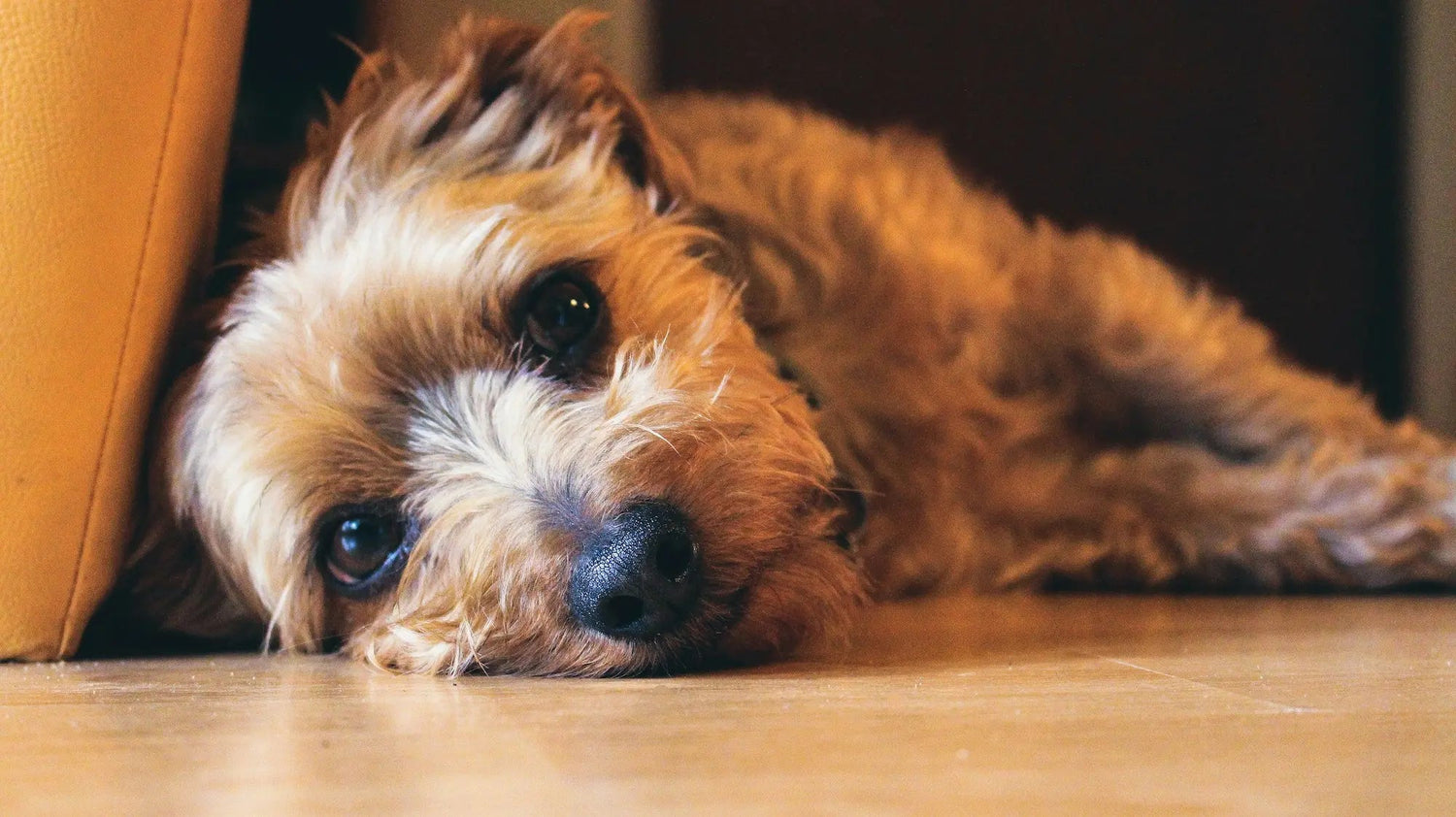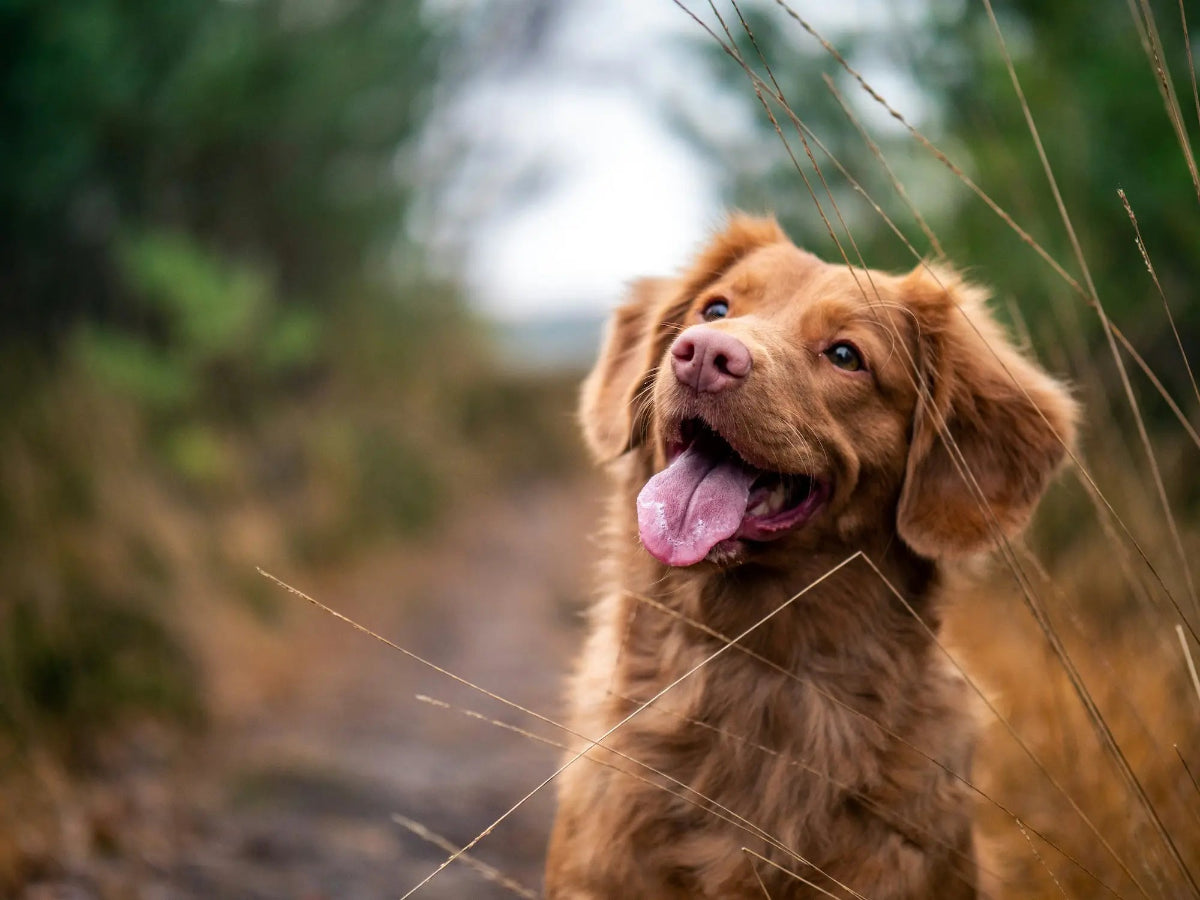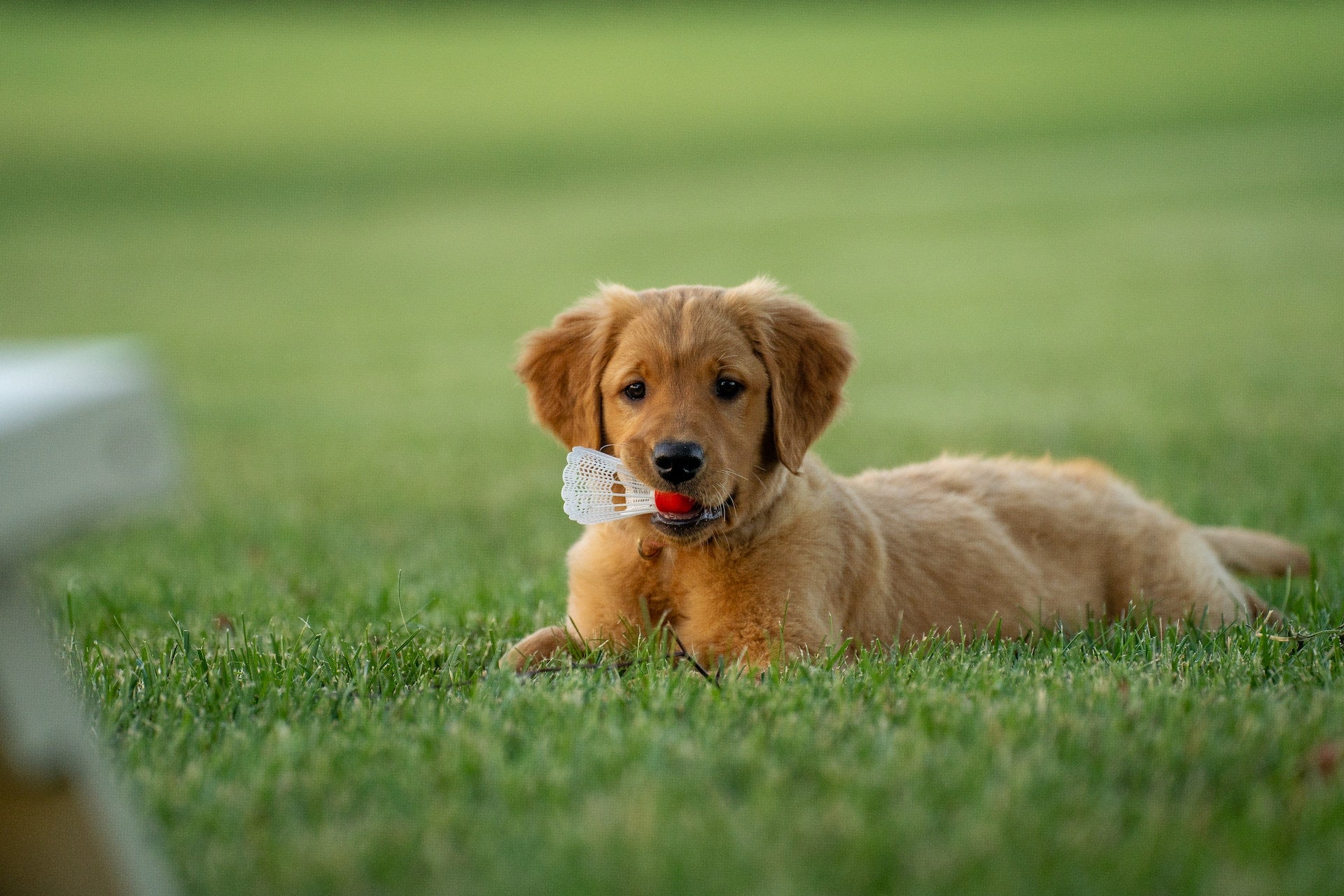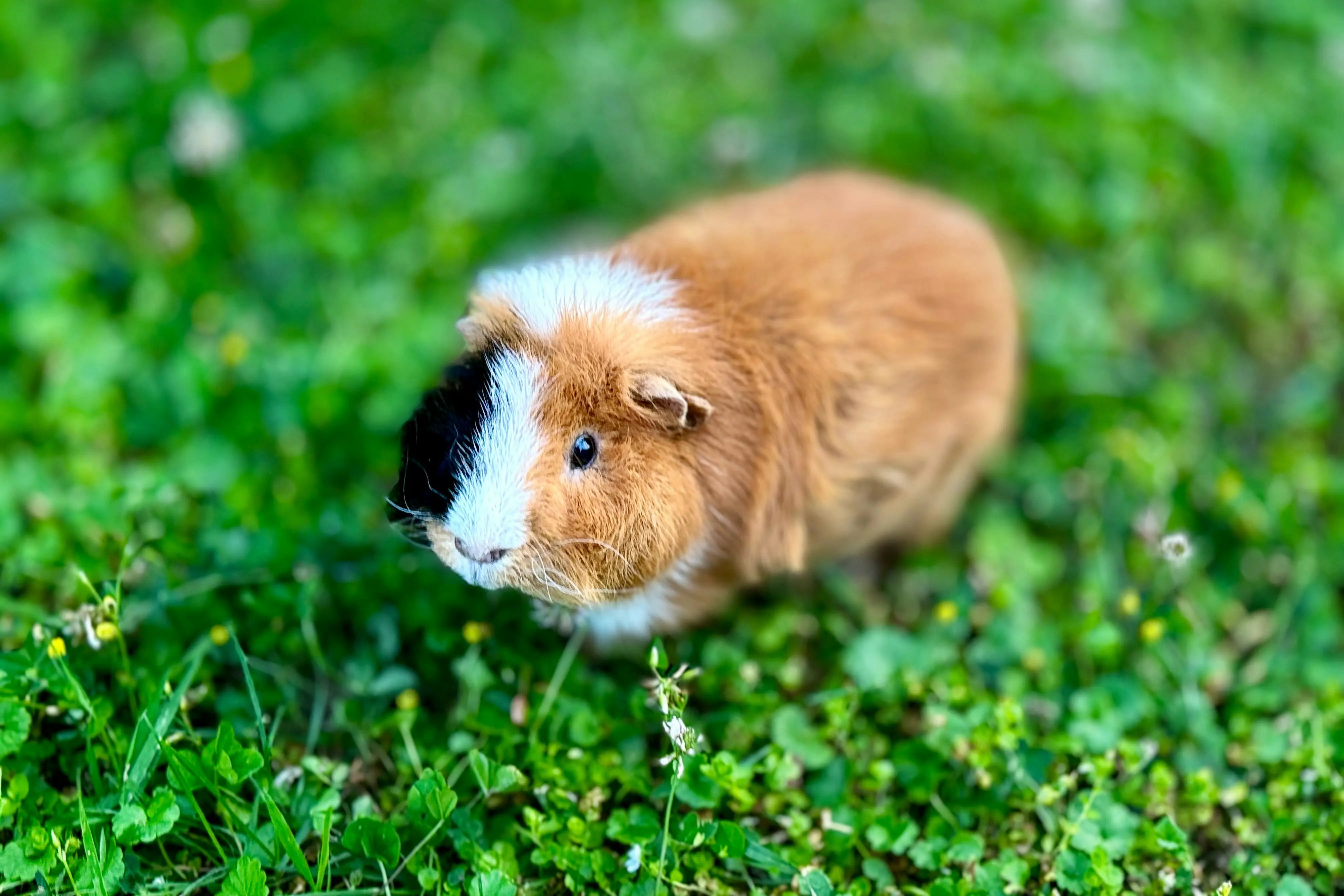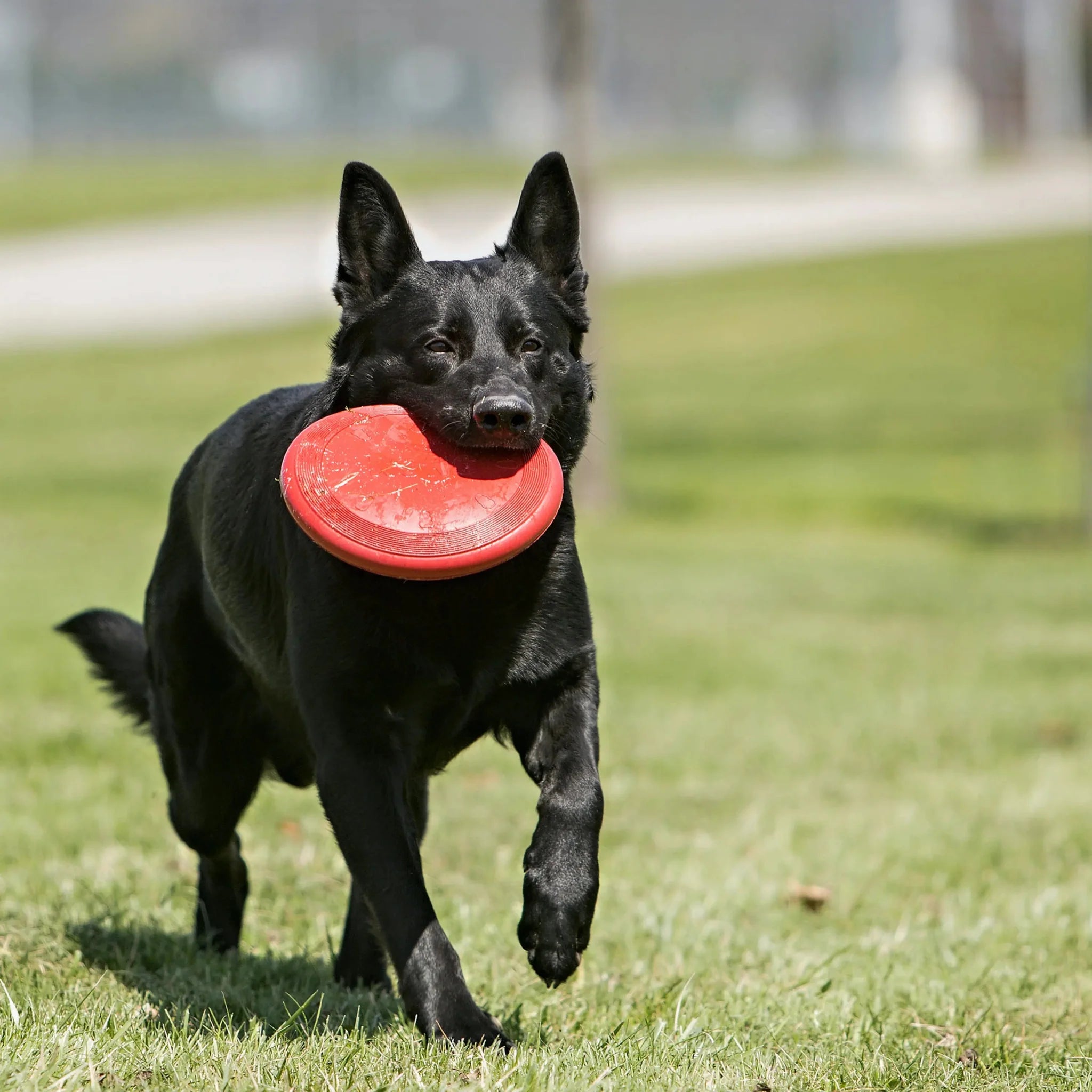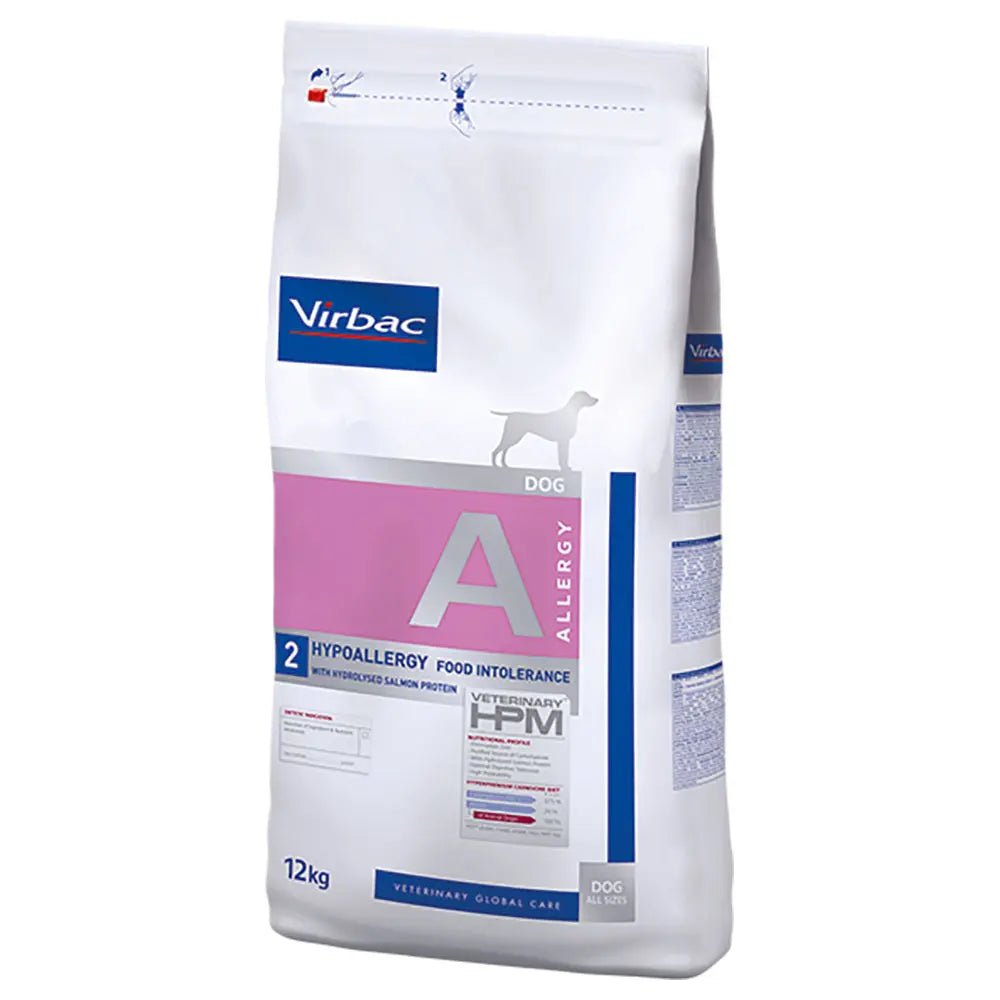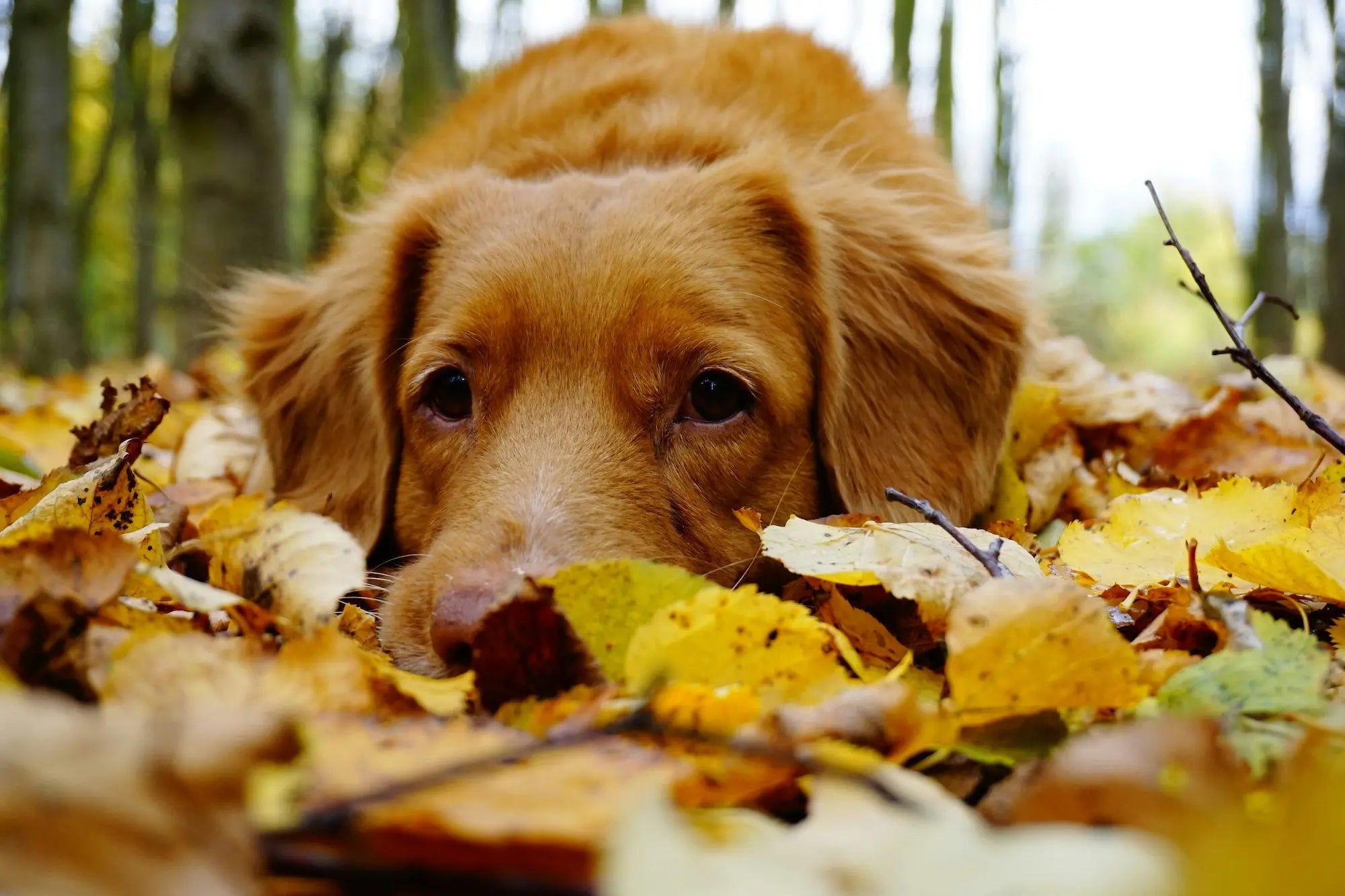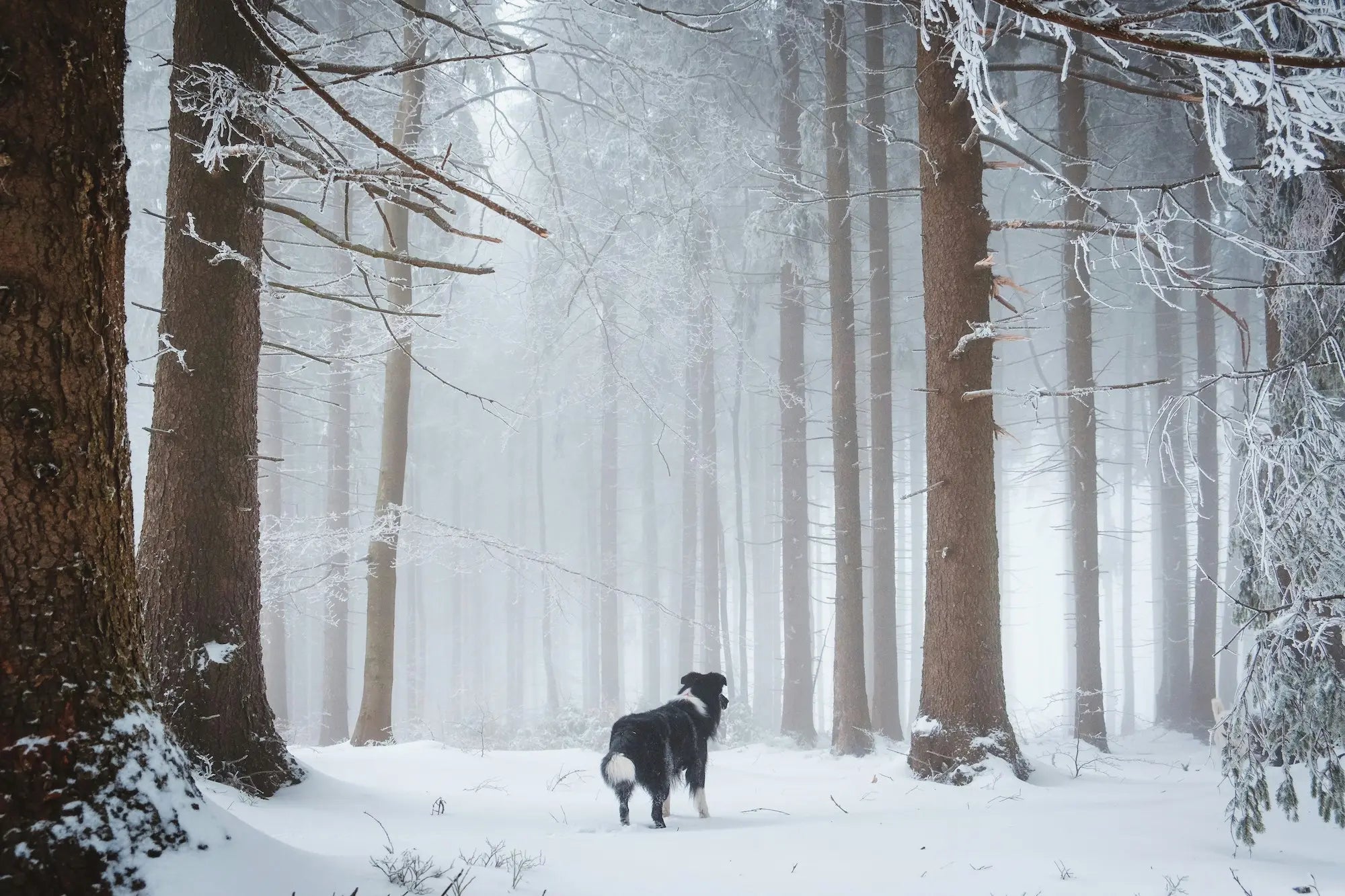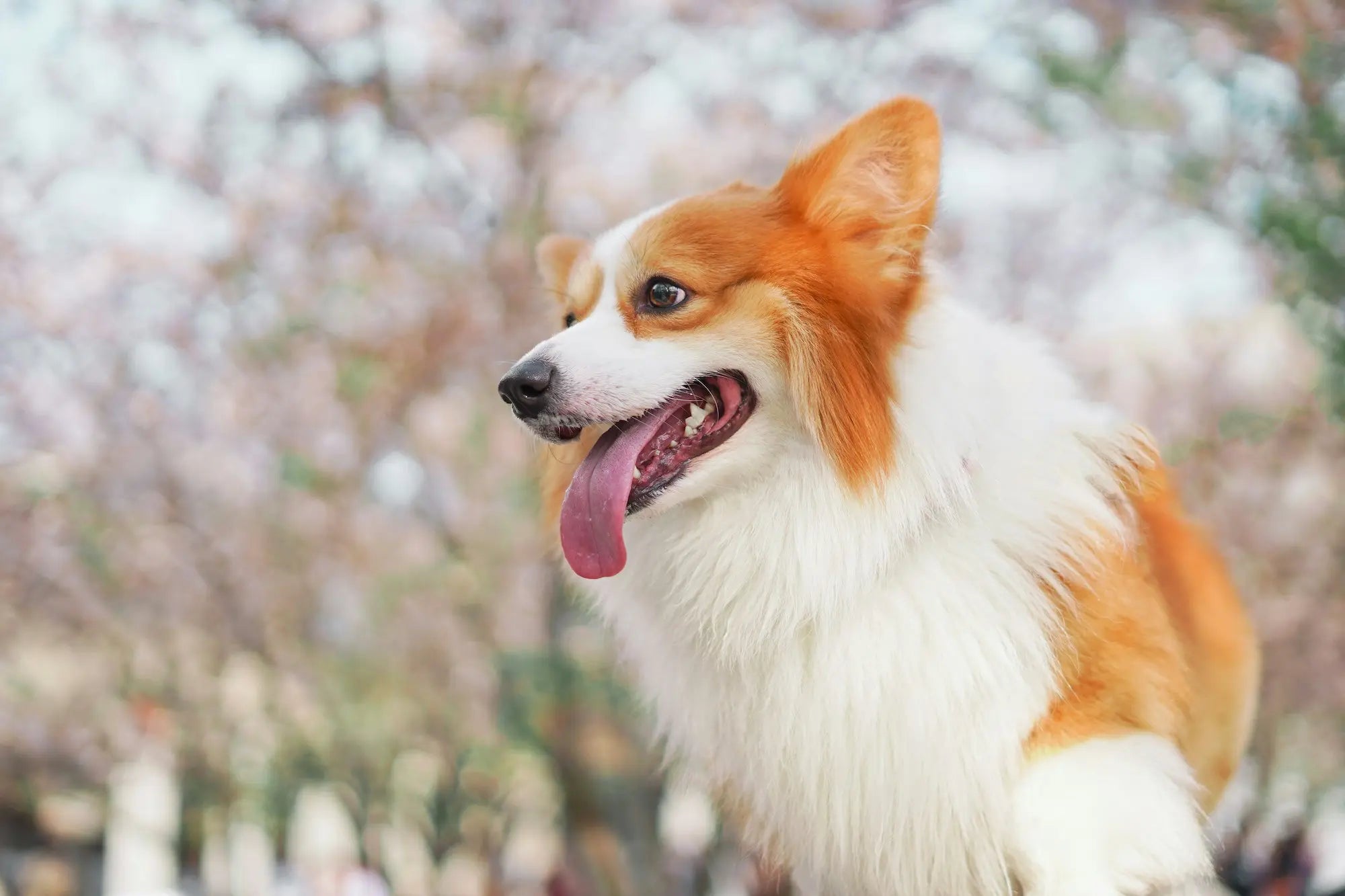Pregnancy in dogs is a natural and exciting part of the life cycle. To provide the best care for your dog and prepare both her and you for the birth, it is important to have a good understanding of what happens during pregnancy. We will go through the different stages of your dog's pregnancy and explain what you should think about.
Worth knowing before mating
Before breeding dogs, there are a few things to consider. First and foremost, it's a good idea to make sure the parents (read: bitch and male dog) are in good health, of the right age, and free of hereditary diseases. Plan the mating in advance, either naturally or through artificial insemination, based on health, genes, temperament, and size. In our clinic in Larvik we help with reproduction , for those who want to get their bitch pregnant. We offer, among other things, advice and diagnostics to find the optimal mating day using vaginal smears and progesterone measurements at our own clinic.
The gestation period - the first weeks
The gestation period, also known as the heat , lasts about 2 months, and usually ranges from 58 to 68 days. Smaller breeds have a shorter gestation period. The same applies to bitches with large litters. As a rule, physical symptoms of pregnancy can occur 2-3 weeks after fertilization, in the form of enlarged udders. Some bitches we see also have symptoms of nausea and a decreased appetite during the first 2 to 5 weeks of pregnancy. Usually, you will notice that the belly becomes larger about 6 - 7 weeks after conception. Behavior, however, can change just a few days after mating. For example, the dog may become both calmer and more cuddly, and show less interest in playing with other dogs. Other dogs do not change their behavior at all during pregnancy.
Take a trip to the vet
If you think your bitch may be pregnant, it is a good idea to take her to the vet to confirm the pregnancy. However, pregnancy cannot usually be confirmed with complete certainty until 23 days after mating. It is also a good idea to wait with an ultrasound until after 23 days, as the fetuses need peace and quiet to attach themselves for the first 21 days. To know the exact number of puppies, you may want to come back for an examination closer to the birth. The vet will also be able to detect any early complications, and you will be given useful advice and important information about the upcoming period and the birth.
Special needs during your dog's pregnancy
Food and nutrition
The dog will often have an increased appetite and will need more food and water than usual. It is important to give the bitch the right amount of food and water to ensure that she gets all the nutrients she needs to keep herself and the puppies healthy and fit. Towards the end of pregnancy, in the last 4-5 weeks, the amount of food can be gradually increased and served in smaller but more frequent portions. The bitch may also be given puppy food the last few weeks, but remember that the transition should be gradual.
Sleep and rest
During pregnancy, your dog will also need more rest and sleep. It is important to provide a comfortable and safe place to sleep , so that she can rest when she needs it. You may want to give her a pillow or bed that is large enough to support her belly and is nice and comfortable.
Preparations for birth
In addition to ensuring your dog's food and rest needs are met during pregnancy, it's also a good idea to ensure she gets regular exercise so that she's in as good a shape as possible for the birth. As the birth approaches, there are several indications that a litter of puppies is on the way. If you know the date of the mating, a vet will also be able to help estimate the due date.
In addition, the bitch will often show physical signs that labor is approaching. For example, she will often become restless and scratch on the ground or in the bed. This is a sign that she is trying to make a small “nest” as a suitable place to give birth. By helping her prepare this, you can help make the birth as comfortable as possible. For example, fill a large cardboard box with towels and blankets (that you do not plan to use again).
The birth is underway!
It is important that you as the owner measure the rectal temperature daily for the last 2 weeks, preferably at the same time every day, and in relation to meals. When the birth approaches, the temperature drops to 36-36.5 degrees and then rises again. When the temperature has reached 38.5 - 38.6 degrees, the unblocking stage is complete and the tip is ready for birth.
If your dog is urinating frequently, panting, and rummaging around in the litter box, this could be a sign that labor is underway. In addition, there is often a dark green discharge from the vagina, which means the placenta has detached. If the puppies have not arrived within a few hours of observing this, you should contact your veterinarian.
Also contact your veterinarian if you experience other complications, such as:
- Severe bleeding from the genital opening or a steady stream of fresh blood
- Weak contractions that have lasted more than 3 hours
- The bitch or the puppies have a reduced general condition
- Body temperature above 39.5 degrees
However, the mother dog is usually able to handle the birth on her own, without human assistance. You can still help by making sure the puppies are kept warm after the birth, and replacing wet and sticky towels or blankets with new ones. Also, remember to always have clean hands when handling the bitch or the puppies.
Summary
Pregnancy and birth can be a wonderful experience, but it also brings with it a responsibility. It is important to be prepared for what is to come, and to be respectful of your dog's needs and wishes throughout the process. With the right care and attention, both your dog and the puppies can stay healthy and happy, and have a happy dog life!




